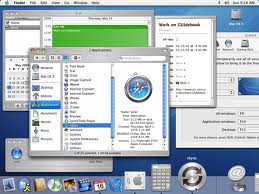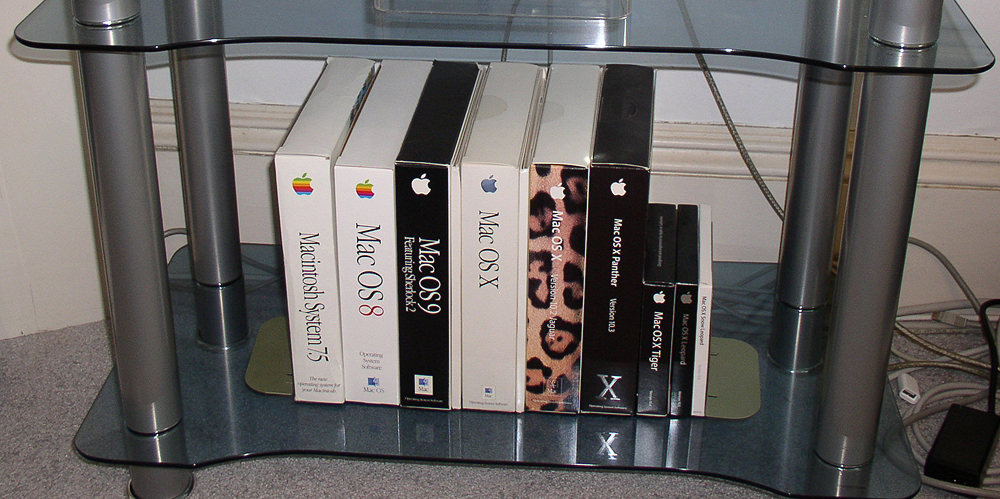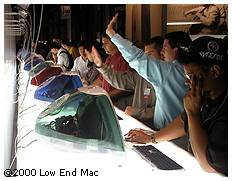
- #Mac os 10.3.9 emac mac os x#
- #Mac os 10.3.9 emac install#
- #Mac os 10.3.9 emac archive#
- #Mac os 10.3.9 emac software#
In theory, newer versions should run this, but I would guess the practical newness limit is about 10.11 with Server.app or so and I don't know how well that version handles using older images or booting PPCs.
#Mac os 10.3.9 emac mac os x#
#Mac os 10.3.9 emac software#
I believe you can also do some other tricks like laying down images with it if you need to, say, set up an identical software installation on 900 MacBooks. NetInstall worked basically how you'd imagine: A Mac OS X DVD was imaged and made available as a boot source. It fell out of the "Mac OS X Server" trim level of the OS at about the same rate.Īlongside NetBoot, and probably the more common use case, was NetInstall. Apple emphasized heavily from around 1999 to around 2010 or so at which point it still existed but it was continuously de-emphasized until they removed the ability to boot a Mac from the LAN entirely when the T1 or T2 Macs were introduced.

#Mac os 10.3.9 emac install#
If you want to do any of these things, use Disk Utility before installing you can access Disk Utility while started from the Install disc.NetBoot was a thing. It also doesn't configure advanced RAID settings or perform a secure erase.

#Mac os 10.3.9 emac archive#
If you've already backed up your computer, this might be a good choice if you are trying to resolve an existing issue and an Archive and Install installation didn't help.You will have to configure all of your computer settings, install your third-party and iLife applications, and restore your personal files from the backup you made. This is the fastest way to install Mac OS X, but it may take some time to set up your computer after installation. You should always back up important files on the target volume before using this type of installation.

This option completely erases the destination volume, then installs a new copy of Mac OS X.

Here's what each type of installation provides. A dialog sheet appears and presents you with several installation choices, listed below. If you'd like to see your choices, click the Options button that appears when choosing an installation destination. If you prefer not to custom install, simply install the software using the default installation. When you're ready to install Mac OS X 10.4, 10.5 or later, you may notice that you have several installation options available to you while started from the Install disc. Click to expand.First, is the disk gray in color or black with an X? If it's the gray disk, they are "machine specific" and it wont work.


 0 kommentar(er)
0 kommentar(er)
